The Biblical Museum of Natural History, located facing the entrance to Beit Shemesh in Israel, is a unique institution that is part zoo, part natural history museum, and completely educational and fun! It showcases the animal world of the Bible with a fascinating array of both live and non-live exhibits. Visits are conducted via guided tours, which include hands-on experiences! Through the exciting and interactive tour, visitors learn the identities and symbolism of the animals of Scripture, lessons in Jewish values, law and history, and the natural history of Biblical Israel.
Most of the museum's collections of mammalian and dinosaur fossils remain hidden from public view. They are kept in many repositories deep within the museum complex. Among these, the most significant storage facility is the ten-storey Childs Frick Building which stands within an inner courtyard of the museum.
During construction of the Frick, giant cranes were employed to lift steel beams directly from the street, over the roof, and into the courtyard, in order to ensure that the classic museum façade remained undisturbed. The predicted great weight of the fossil bones led designers to add special steel reinforcement to the building's framework, as it now houses the largest collection of fossil mammals and dinosaurs in the world. These collections occupy the basement and lower seven floors of the Frick Building, while the top three floors contain laboratories and offices. It is inside this particular building that many of the museum's intensive research programs into vertebrate paleontology are carried out.
Possessing the most scientifically important collection of dinosaurs and fossil vertebrates in the world, the museum has six halls that tell the story of vertebrate evolution. The public's favorites include the Tyrannosaurus rex and Apatosaurus. Also on view in the Roosevelt rotunda is the tallest free-standing dinosaur exhibit in the world, which has been remounted to reflect current scientific theory about dinosaur behavior.
This tableau depicts a massive mother Barosaurus trying to protect her calf from an attacking Allosaurus. Offering a variety of exhibits and programs, the key goal of the Natural History Museum is curating and developing public awareness and curiosity about the nature of things and the environmental consciousness on both a local and global scale. These extensively outlined expositions throughout the premises offer a comprehensive and thorough understanding of the natural history of Israel and the special attributes of the region. The museum's scientists study the diversity of Earth's species, life in the ancient past and the universe. The museum contains more than 40 exhibition halls, displaying a portion of the institution's 32 million specimens and artifacts, many in lifelike dioramas.
The exhibition program rotates as much of this material into public view as possible. The newly opened Steinhardt Museum of Natural History in Tel Aviv offers a rich, multi-faceted insight and exploration into nature through a different lens. The museum showcases natural wonders and living organisms of Israel through interactive exhibits and highlights the implications of urban development, climate change and the ever-changing ecosystems found throughout the region. With a focus on scientific research and understanding, the Natural History Museum is a much-anticipated addition to the city of Tel Aviv and notably one of the largest natural history museums in the Middle East. The great fossil collections that are open to public view occupy the entire fourth floor of the museum as well as a separate exhibit that is on permanent display in the Theodore Roosevelt Memorial Hall, the museum's main entrance. The fourth floor exhibits allow the visitor to trace the evolution of vertebrates by following a circuitous path that leads through several museum buildings.
On the 77th street side of the museum the visitor begins in the Orientation Center and follows a carefully marked path, which takes the visitor along an evolutionary tree of life. As the tree "branches" the visitor is presented with the familial relationships among vertebrates. The Hall of North American Forests is a one-story hall on the museum's ground floor in between the Theodore Roosevelt Memorial Hall and the Warburg Hall of New York State Environments.
It contains ten dioramas depicting a range of forest types from across North America as well as several displays on forest conservation and tree health. Constructed under the guidance of noted botanist Henry K. Svenson (who also oversaw Warburg Hall's creation) and opened in 1959, each diorama specifically lists both the location and exact time of year depicted. Trees and plants featured in the dioramas are constructed of a combination of art supplies and actual bark and other specimens collected in the field. The entrance to the hall features a cross section from a 1,400-year-old sequoia taken from the King's River grove on the west flank of the Sierra Mountains in 1891.
The Sternberg Museum of Natural History advances an appreciation and understanding of Earth's natural history and the evolutionary forces that impact it. With an emphasis on the Great Plains, our goals are accomplished through research, publications, collections, interpretive exhibits, and educational programs created by our staff, colleagues, and community. [[The Allison and Roberto Mignone Halls of Gems and Minerals houses thousands of rare gems, minerals specimens and pieces of jewelry.
The halls closed in 2017 to undergo a $32 million redesign by Ralph Appelbaum Associates and reopened to the general public in June 2021. The redesigned exhibits adopt newer philosophies in exhibit design, including a focus on storytelling, interactivity, and connecting ideas across disciplines. The halls explore a range of topics, including the diversification of mineral species over the course of Earth's history, plate tectonics, and the stories of specific gems. This particular hall has undergone a complicated history over the years since its founding in 1953. Frank Chapman and Leonard C. Sanford, originally museum volunteers, had gone forward with creation of a hall to feature birds of the Pacific islands. In the years up to its founding, the museum had engaged in various expeditions to Fiji, New Zealand, and the Marianas to collect birds for the exhibit.
The hall was designed as a completely immersive collection of dioramas, including a circular display featuring birds-of-paradise. In 1998, The Butterfly Conservatory was installed inside the hall originally as a temporary exhibit, but as the popular demand of the exhibit increased, the Hall of Oceanic Birds has more or less remained closed by the museum. In 2014, the museum published plans for a $325 million, 195,000-square-foot annex, the Richard Gilder Center for Science, Education, and Innovation, on the Columbus Avenue side. This expansion was originally supposed to be south of the existing museum, occupying parts of Theodore Roosevelt Park.
The expansion was relocated to the west side of the existing museum, and its footprint was reduced in size, due to opposition to construction in the park. The annex would instead replace three existing buildings along Columbus Avenue's east side, with more than 30 connections to the existing museum, and it would be six stories high, the same height as the existing buildings. The plans for the expansion were scrutinized by the New York City Landmarks Preservation Commission.
On October 11, 2016, the Landmarks Preservation Commission unanimously approved the expansion. Construction of the Gilder Center, which was expected to break ground the next year following design development and Environmental Impact Statement stages, would entail demolition of three museum buildings built between 1874 and 1935. The museum formally filed plans to construct the expansion in August 2017, but due to community opposition, construction did not start until June 2019. In the near future, the Steinhardt Museum in Tel Aviv will also offer a progressive array of programs targeted towards school children and students but also the general public. Guided tours, education enrichment programs for schools, scientific encounters, family-oriented activities and workshops and evening symposiums are all slated to bring further awareness to a broad scope of visitors.
Now, these permanent exhibits share the knowledge and interesting collections with the world. Several temporary exhibits also showcase the abundant environmental and ecological features of the county. The Museum of Natural History is located in the centre of Berlin. Reach it easily by taking the underground line U6 or tramlines M5, M8, M10 or M12.
Both the underground and tram stops are named after the museum - "Naturkundemuseum". You can also arrive via Hauptbahnhof or Nordbahnhof, served by lines S5 and S7. Entrance to the Museum of Natural History is free of charge if you have a Museum Card. This additionally gives you free entry to 50 state-owned museums across three consecutive days. The museum is dedicated to supporting children's and youth groups, whilst guided tours about various subject areas are available in both English and German.
The museum also boasts the Carl Zeiss Microscopy Centre, where students can learn how a microscope works and try it out for themselves at the purpose-built visitors' centre. Museum educators also lead popular after-hours guided tours where you can go on an adventure through the building by torchlight. The Santa Cruz Museum of Natural History has connected people to the wonders of nature for over 100 years. Located above Seabright Beach, the Museum highlights the region's diverse plant, animal, and human communities from the shoreline of Monterey Bay to the summit of the Santa Cruz Mountains. We strive to fulfill our mission of connecting people with nature and science to inspire stewardship of the natural world through an array of educational programs and exhibits focused on the natural and cultural history of our region. The Hall of Northwest Coast Indians is a one-story hall on the museum's ground floor behind the Grand Gallery and in between Warburg and Spitzer Halls.
Opened in 1900 under the name "Jesup North Pacific Hall", it is currently the oldest exhibition hall in the museum, though it has undergone many renovations in its history. The hall contains artifacts and exhibits of the tribes of the North Pacific Coast cultural region . Featured prominently in the hall are four "House Posts" from the Kwakwaka'wakw nation and murals by William S. Taylor depicting native life.
Warburg Hall of New York State Environments is a one-story hall on the museum's ground floor in between the Hall of North American Forests and the Grand Hall. Based on the town of Pine Plains and near-by Stissing Mountain in Dutchess County, the hall gives a multi-faceted presentation of the eco-systems typical of New York. Aspects covered include soil types, seasonal changes, and the impact of both humans and nonhuman animals on the environment. It is named for the German-American philanthropist, Felix M. Warburg. Originally known as the "Hall of Man and Nature", Warburg Hall opened in 1951.
It has changed little since and is now frequently regarded for its retro-modern styling. The hall shares many of the exhibit types featured throughout the museum as well as one display type, unique to Warburg, which features a recessed miniature diorama behind a foreground of species and specimens from the environment depicted. Millions of years of evolution seen through living organisms, deep understanding of desert landscapes and insight into natural wonders, the Steinhardt Museum of Natural History is a thorough and detailed experience. From over 5 millions of specimens of animals, the Tel Aviv museum highlights knowledge in an enticing way. Exhibitions showcase real animals which have been well-preserved and offer a glimpse of these beings found in nature.
Private Tours in IsraelPrivate tours in Israel allow us to custom build the perfect tour for you. In the early 20th century, Biology Professors Frederic Brewster Loomis, Class of 1896, and Albert E. Wood added many important vertebrate fossils to the museum collections. Loomis ventured on 18 summer expeditions with Amherst students to excavate Mesozoic and Cenozoic vertebrate fossils in the United States and South America. His many connections throughout the vertebrate paleontology community allowed him to bring significant specimens to the College through trade or gift. His contributions account for the majority of the vertebrate megafauna on display in the museum today.
In addition to the museum's permanent collection, there are temporary exhibits designed for students and the general public. Besides films, lectures and classes, the museum offers indoor and outdoor hands-on activities where visitors have direct contact with nature. Exhibitions cover various subjects in the field of natural sciences, with a strong emphasis on the wildlife of Israel, past and present.
Especially prominent are the exhibits of birds and mammals of Israel. The human body is also presented in detail, illustrating the cardiovascular, circulatory, respiratory, nervous, reproductive, digestive, skeletal and muscular systems. The exhibits include panels, mounted animals, models and dioramas. Many of the celebrated displays from the original hall can still be viewed in the present expanded format. These include life-size dioramas of our human predecessors Australopithecus afarensis, Homo ergaster, Neanderthal, and Cro-Magnon, showing each species demonstrating the behaviors and capabilities that scientists believe they were capable of.
Also displayed are full-sized casts of important fossils, including the 3.2-million-year-old Lucy skeleton and the 1.7-million-year-old Turkana Boy, and Homo erectus specimens including a cast of Peking Man. The museum has displayed pre-Columbian artifacts since its opening, only a short time after the discovery of the civilizations by archaeologists, with its first hall dedicated to the subject opening in 1899. As the museum's collection grew, the hall underwent major renovations in 1944 and again in 1970 when it re-opened in its current form.
Notable artifacts on display include the Kunz Axe and a full-scale replica of Tomb 104 from the Monte Albán archaeological site, originally displayed at the 1939 World's Fair. The Sanford Hall of North American birds is a one-story hall on the third floor of the museum, above the Hall of African Peoples and between the Hall of Primates and Akeley Hall's second level. Its 25 dioramas depict birds from across North America in their native habitats. Opening in 1909, the dioramas in Sanford Hall were the first to be exhibited in the museum and are, at present, the oldest still on display.
At the far end of the hall are two large murals by ornithologist and artist, Louis Agassiz Fuertes. In addition to the species listed below, the hall also has display cases devoted to large collections of warblers, owls, and raptors. At the time, many of the animals Vernay was seeking, such as the Sumatran rhinoceros and Asiatic lion, were already rare and facing the possibility of extinction. To acquire these specimens, Vernay would have to make many appeals to regional authorities in order to obtain hunting permits. These expeditions were also well documented in both photo and video, with enough footage of the first expedition to create a feature-length film, Hunting Tigers in India . The Museum is listed in the "30 Most Amazing Higher Education Natural History Museums," compiled by Best College Reviews.
Mini Package Tours (2-5 days)Our Mini Package Tours of Israel and Jordan offer the best way to enjoy a few days of touring, either for quick trip or for those with limited time to tour. With guaranteed departures from Tel Aviv, Jerusalem, and Eilat, our mini package tours of Israel are carefully conceived to provide the best value experience, combined with rich content and a high quality touring experience. Our mini packages of Israel range in length from 2 to 5 days, and include overnight accommodation. Tour content ranges from the iconic sites in Israel such as Jerusalem, Masada, and so on, to our range of overnight tours to Petra.
For those seeking a longer or more comprehensive tour, check our our Israel package tours which range in length from 6-10 days. The Steinhardt Museum of Natural History at Tel Aviv University presents Israel's national treasures of nature, selected from a scientific collection of five and a half million items. In its exhibitions you will see thousands of items gathered through the years, in rare exhibits and displays that tell the story of the natural world around us. The entrance fees are included in the price of the guided tours for groups from educational institutions, i.e. day care, pre-school, comprehensive school, upper secondary school and vocational school. Wood was a charter member of the Society of Vertebrate Paleontology, the preeminent professional society in that field, which now gives an annual award in his name for student research in museum natural history collections. Wood's field of study was rodent evolution; as a consequence, the museum's holdings in these diminutive fossils are extensive.
Jerusalem's Nature Museum in the German Colony is a nature oasis in the middle of the city that offers visitors a range of educational nature and cultural activities. Now on Display As the state museum of natural history, the Virginia Museum of Natural History has award-winning permanent and travelling exhibits. Fernbank is a not-for-profit natural history museum, giant screen theater and old-growth forest, and is not affiliated with Fernbank Science Center, which operates as a division of DeKalb County Schools. "The reopening of the Mexican and Central American hall, February 25, 1944, The American museum of natural history".
The exhibitions team currently consists of over sixty artists, writers, preparators, designers and programmers. The department is responsible for the creation of two to three exhibits per year. These extensive shows typically travel nationally to sister natural history museums. They have produced, among others, the first exhibits to discuss Darwinian evolution, human-induced climate change and the mesozoic mass extinction via asteroid. Many of the fossils on display represent unique and historic pieces that were collected during the museum's golden era of worldwide expeditions (1880s–1930s). On a smaller scale, expeditions continue into the present and have resulted in additions to the collections from Vietnam, Madagascar, South America, and central and eastern Africa.
When Akeley returned to Africa to collect gorillas for the hall's first diorama, Clark remained behind and began scouring the country for artists to create the backgrounds. The eventual appearance of the first habitat groups would have a huge impact on the museum. Plans for other diorama halls quickly emerged and by 1929 Birds of the World, the Hall of North American Mammals, the Vernay Hall of Southeast Asian Mammals, and the Hall of Oceanic Life were all in stages of planning or construction.








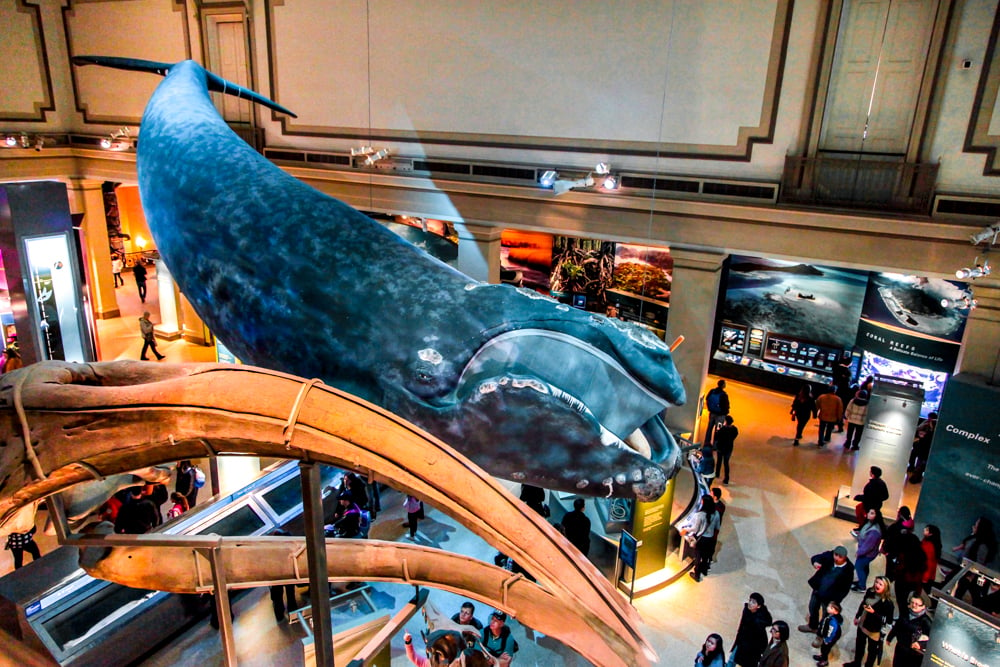




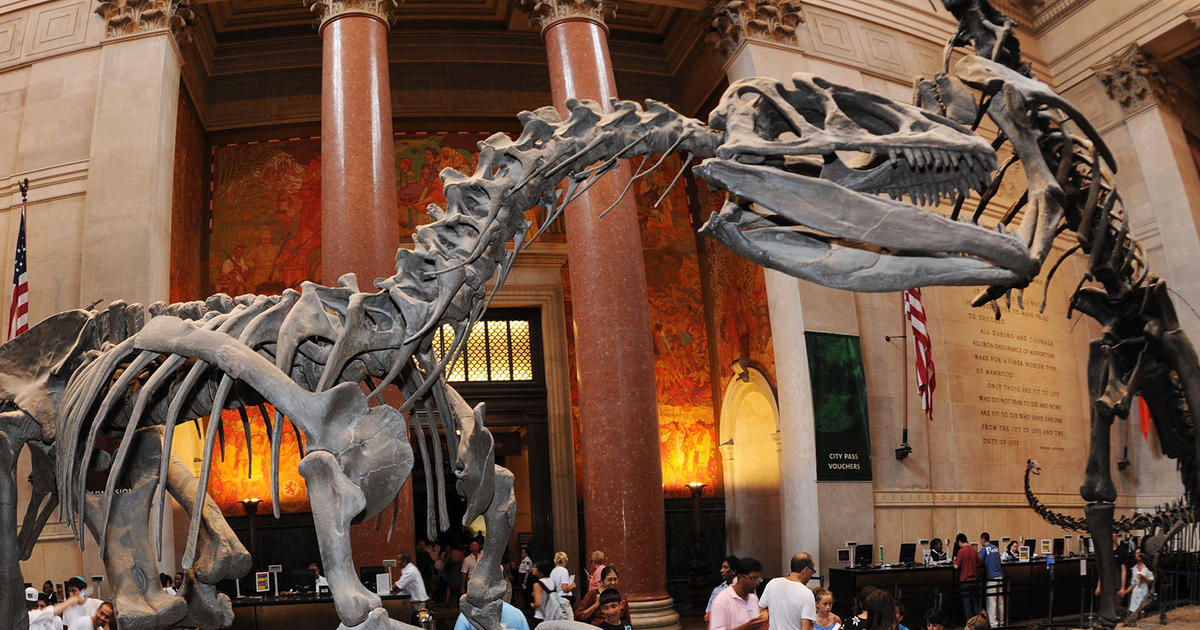

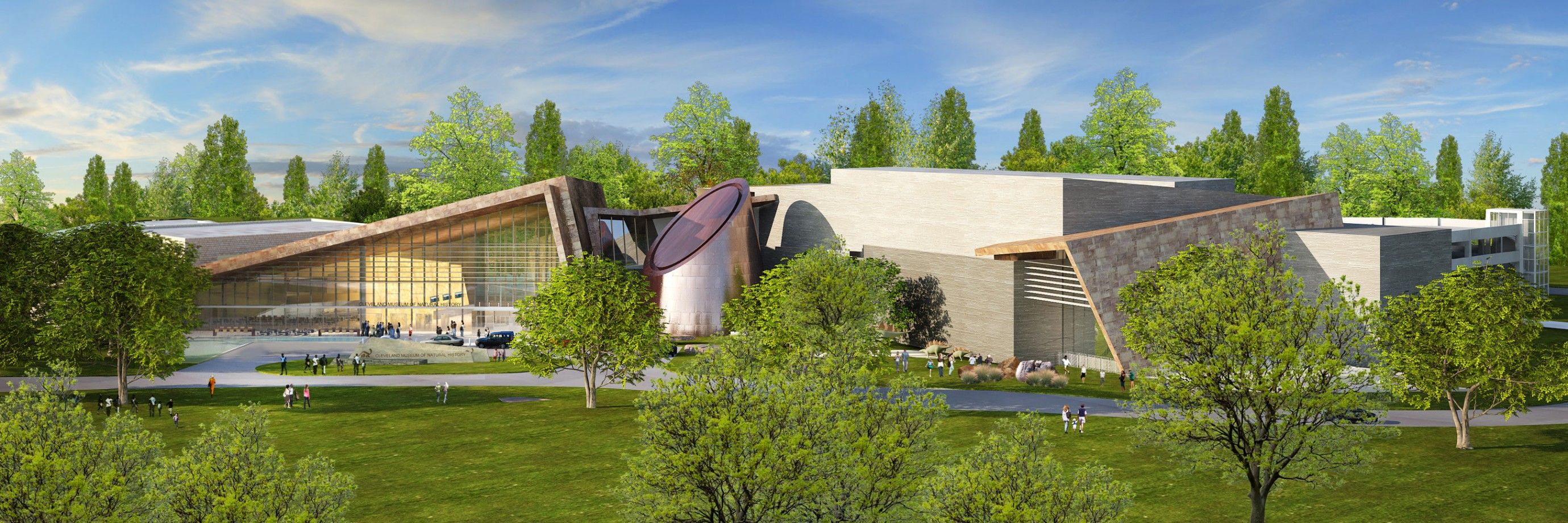
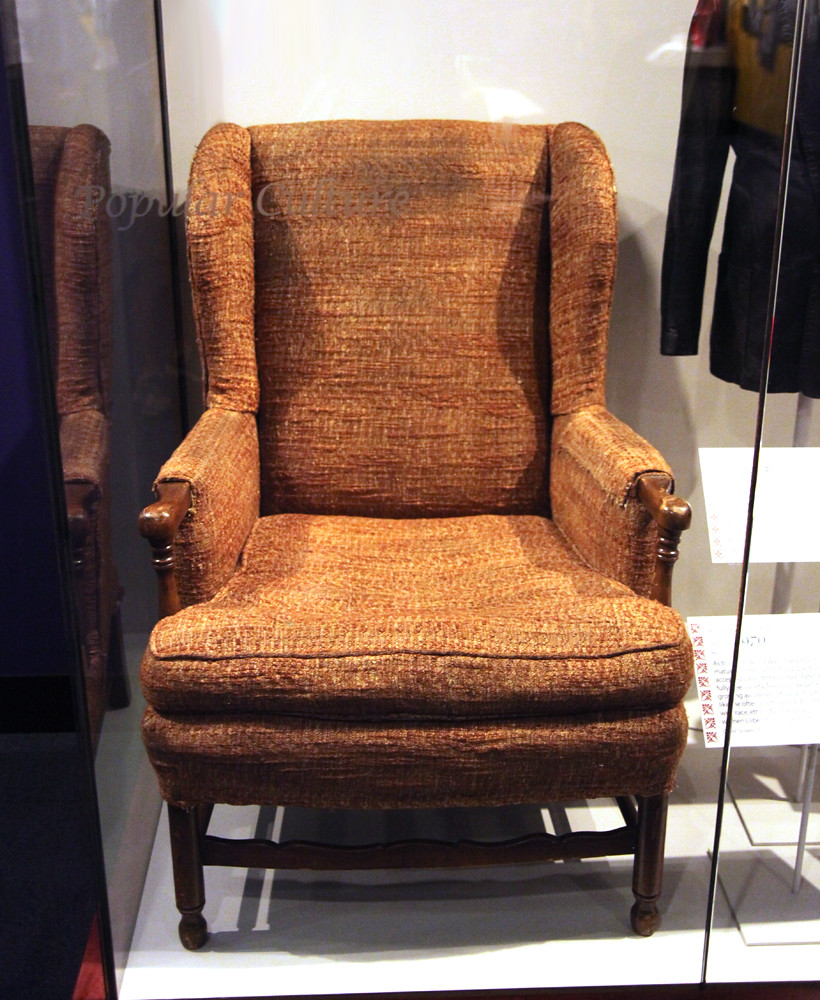


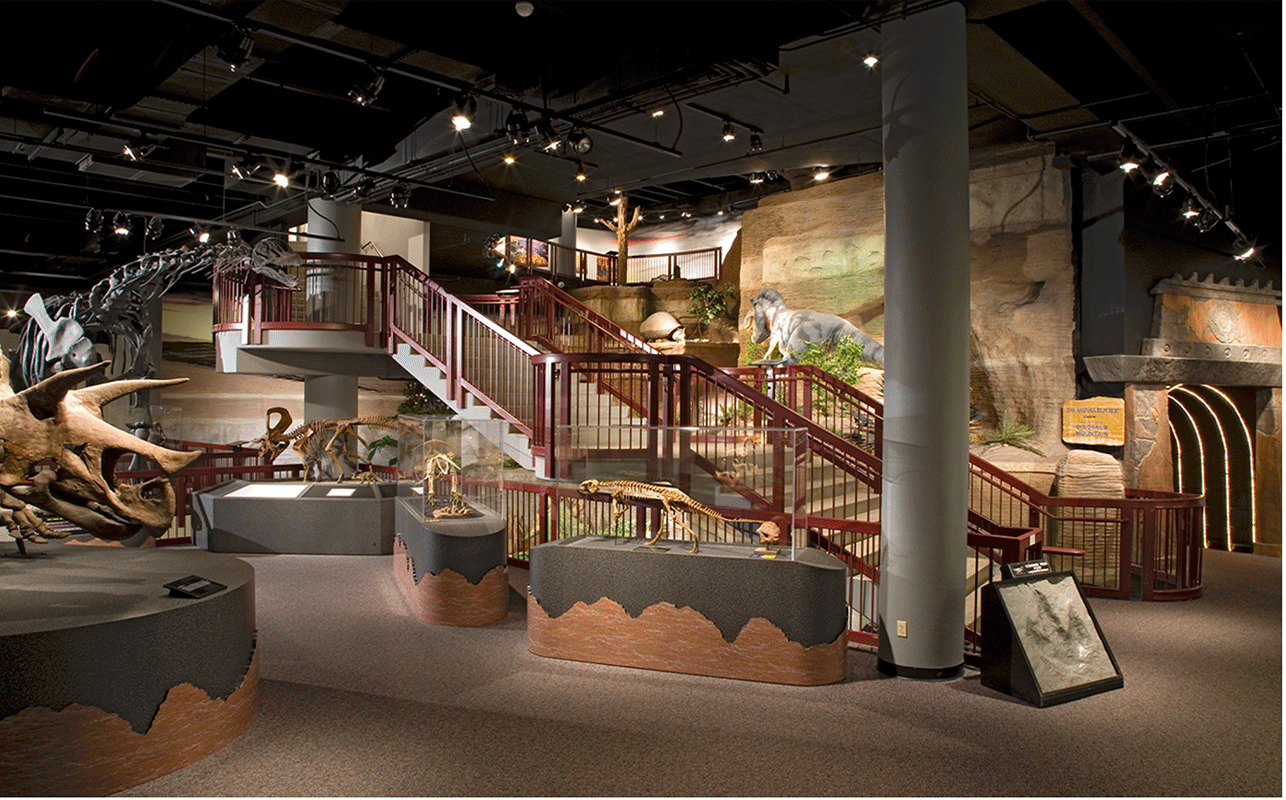
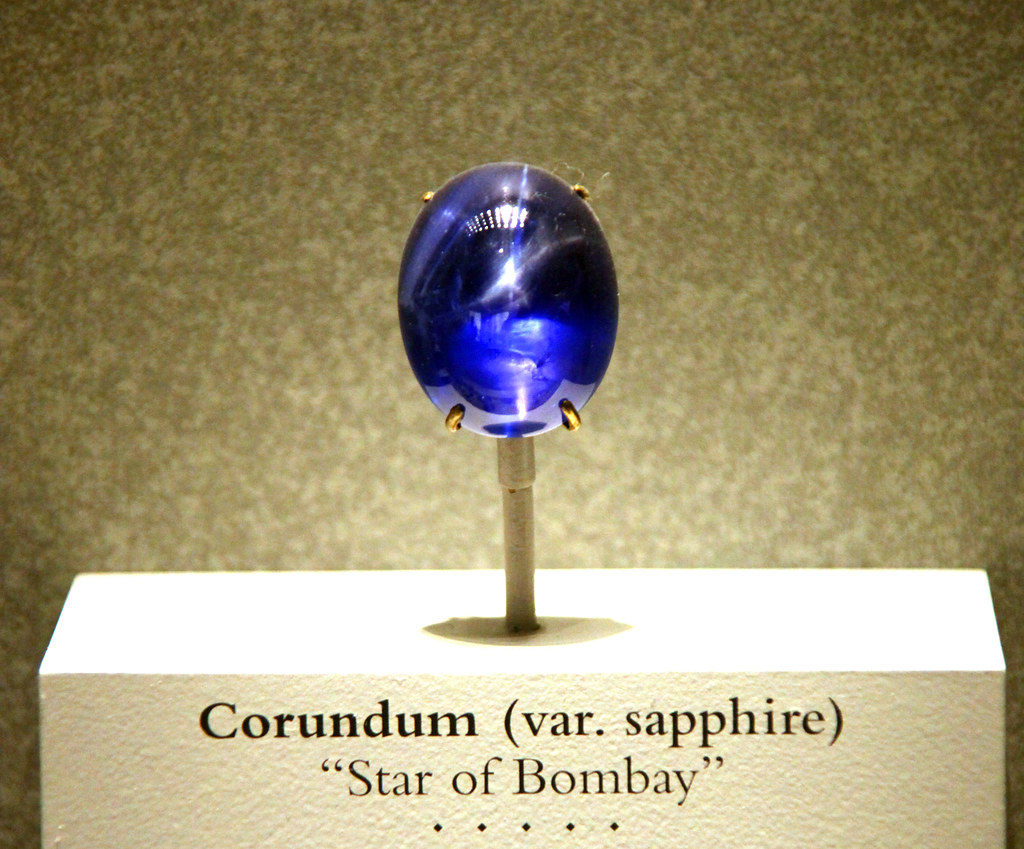






No comments:
Post a Comment
Note: Only a member of this blog may post a comment.